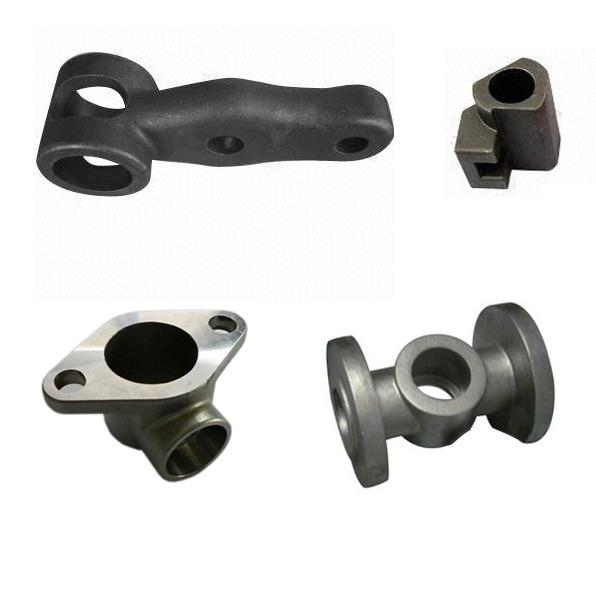1. Visual color changes of gray cast iron ferrite, pearlite, and cementite fracture
When gray cast iron is directly visually inspected without a microscope, the color differences of ferrite, pearlite, and cementite are as follows:
Ferrite: A smooth cross section appears light gray, metallic, uniform, and pure, with no obvious patterns or special structures.
Pearlite: Generally dark gray, darker than ferrite. Because it is a lamellar mixture of ferrite and cementite, there may be some faint fine textures or uneven textures under naked eye observation, but the lamellar structure cannot be clearly seen.
Cementite: It often appears bright white with a strong metallic luster. Compared with the surrounding ferrite and pearlite, the color difference is obvious and very easy to identify. It looks brighter and more dazzling than the white of ferrite.
2. Visual color change of ferrite, pearlite and cementite in ductile iron fracture
When ductile iron is directly observed without a microscope, ferrite, pearlite and cementite have the following color differences:
Ferrite: It appears light gray with metallic luster, uniform color, and gives a soft visual impression under brittle fracture. It is more common on the fracture surface of ductile iron, usually a phase distributed over a large area. However, if the fracture surface is torn, like in ductile iron during tension, it looks darker due to light scattering by dimples.
Pearlite: It generally appears dark gray, which is significantly darker than ferrite. In the absence of a microscope, it may be observed that it has a certain fine texture or uneven texture, but the lamellar structure cannot be seen clearly. In ductile iron, it often coexists with other tissues in the form of blocks or strips.
Cementite: It is bright white with a strong metallic luster and very dazzling, forming a sharp contrast with ferrite and pearlite. In ductile iron, it is generally present in small amounts and discontinuous blocks or strips at grain boundaries and other locations. Due to its high hardness and corrosion resistance, it will appear particularly prominent on the cross section.
3. Visual color changes of ferrite, pearlite, and cementite in white wear-resistant cast iron fracture
When white wear-resistant cast iron is directly observed without a microscope, the color difference of ferrite, pearlite, and cementite is as follows:
Ferrite: It generally appears relatively light gray or grayish white, has a certain metallic luster, and looks relatively pure and uniform. However, in white wear-resistant cast iron, the ferrite content is usually low, and it may not be easy to observe on a large area.
Pearlite: Usually dark gray. Since it’s a lamellar mix of ferrite and cementite, faint or uneven textures may appear, but not clearly visible lamellae. It is often distributed in the organization in small blocks or strips.
Cementite: It appears bright white, has a strong metallic luster, and is very dazzling. Compared with ferrite and pearlite, the color difference is obvious and it is very easy to identify. In white wear-resistant cast iron, cementite is the main phase, often as numerous continuous or discontinuous blocks or strips.

